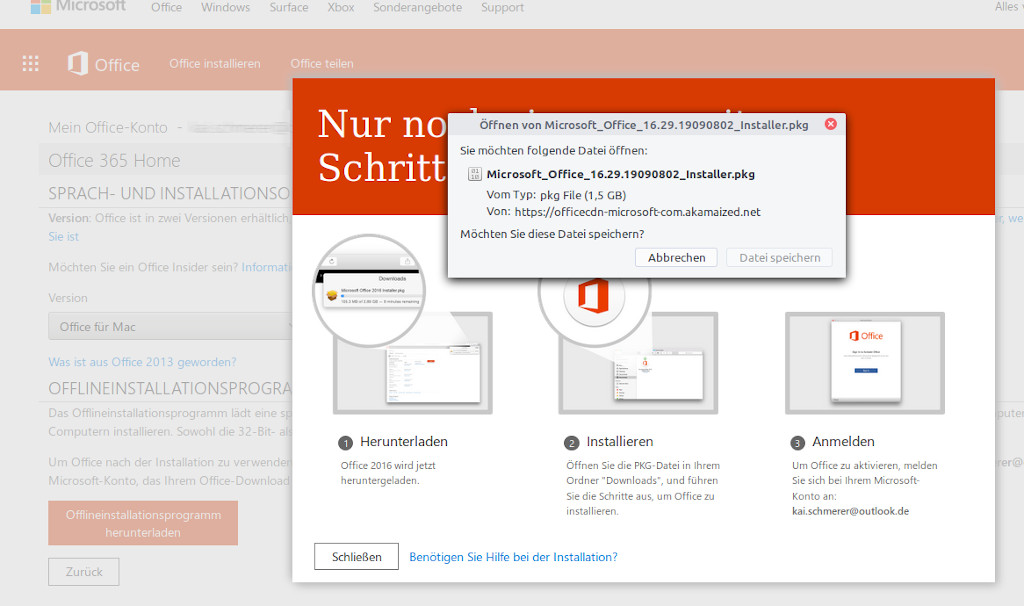
Microsoft 365 Apps for Enterprise (formerly known as Office 365 ProPlus)Īll 4 of these products include and support “ Shared Computer Activation“.In order to properly use Shared Computer Activation with Office 365 in your VDI environment you’ll need one of the following products: Roaming Profiles or Profile Management software (like FSLogix).Microsoft Office 365 GPO ADMX Templates (Available here).Microsoft Office Customization Tool (Available here).Microsoft Office Deployment Tool (Available here).Microsoft Azure SSO (via PRT or Seamless SSO) for Microsoft 365 and Office 365 Single sign-on.Microsoft Office 365 ProPlus licensing (See below for specifics on licensing).VMware Horizon deployment (or equivalent other product).To deploy Office 365 in a VDI Environment, you’ll need: Configuring Microsoft Office 365 for the VDI Environment.Updating Office 365 in a VDI Environment.Installing Office 365 with Non-Persistent (Instant Clones) VDI.Installing Office 365 with Persistent VDI.Office Deployment Tool and Office Customization Tool.

Deploying and Installing Office 365 to the VDI Environment.What is Shared Computer Activation (SCA).I highly recommend reading Microsoft’s Overview of shared computer activation for Microsoft 365 apps.

Additionally this works on both Windows 10, and Windows 11.īy the time you’re done reading this guide, you’ll be able to fully deploy Office 365 to your VDI environment. This guide was built using VMware Horizon, however applies to all VDI deployments including Citrix XenServer and WVD (Windows Virtual Desktops). In this guide I will teach you how to deploy Office 365 in a VDI environment, both with persistent and non-persistent (Instant Clones) VDI Virtual Machines. When you deploy and install Microsoft Office 365 to a VDI environment, especially with non-persistent VDI (such as VMware Horizon Instant clones), special considerations must be followed.


 0 kommentar(er)
0 kommentar(er)
